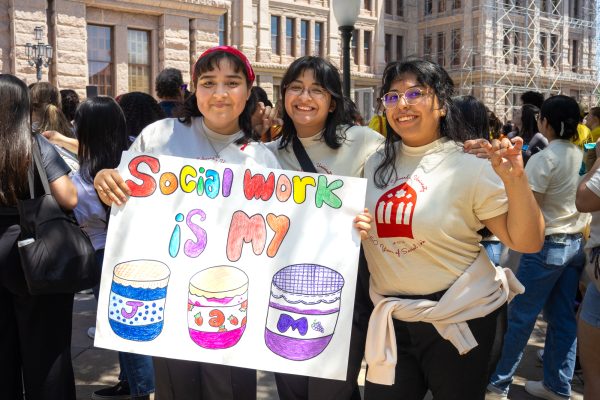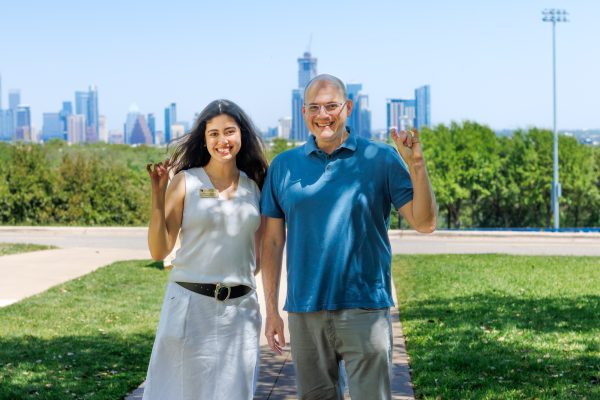Welcome to the fiberhood: high speed internet still in development
Google Fiber may finally be on its way to St. Edward’s University soon, said Nicole Hill from the Office of Information Technology.
“We’re still in line for Google Fiber, and we anticipate that we’re slated to receive it sometime this year, but there’s no firm date from Google for installation since it’s dependent on their overall construction schedule,” Hill said.
Regarding the delays in receiving the service, she also commented that, “My understanding is that Google Fiber is taking longer than Google anticipated.”
Three cities in the nation currently have Google Fiber: Provo, Utah; Kansas City, Kansas and Missouri; and Austin. Google is installing their service neighborhood by neighborhood, according to Google Fiber’s web page regarding expansion plans.
The Austin fiberhood site shows that St. Edward’s is within the Ben White neighborhood, specifically under the Fiberhood Ben White 08. This area of the neighborhood is currently under construction, meaning that the physical installation process is in progress but not yet completed.
Google claims that their service will offer users fast internet with up to 1,000 megabits per second, and a variety of movies and shows to watch on television.
This service would allow students to download their assignments faster, and any loading issues are expected to decrease in frequency.
“I’m definitely looking forward to [Google Fiber], because the internet in my dorm sucks, and it’s really spotty everywhere,” Kassie Braun, a freshman living on campus, said.
As to how it will affect her future academics, she said that, “I think it will affect my academic life by making things so much easier. I’ll be able to do my homework a lot more quicker, and do a lot of other things, since I’m currently constantly waiting on the internet.”
Julius Smith, a Google Fiber representative, says that the Fiberhood Ben White 08 currently has some houses that are undergoing the installation process.
“Construction should be done in about four to five months, but there really is no exact date which we can say that it will definitely be finished,” Smith said.
He also explained that it is a slow process because there are a lot of steps involved.
“Google has to work with the City of Austin to get a permit to build their own structure for Google Fiber services, allowing them to redo the entire infrastructure of neighborhoods and replace some things. Anytime there is a pole without good access, we then have to notify the city, get a permit to replace the pole, get money to replace the pole, and then dig the hole to put the fiber cable in,” Smith said.
Students unfamiliar with the service may be wondering why this is so highly anticipated, and what kind of benefits staff and students will reap after its installation.
“What you’ll end up seeing is more people online at the same time without service being affected, and students will be able to do more intense things than surfing the web and checking [their] email,” Hill said.
Follow me on Twitter @ashley_abbott_






